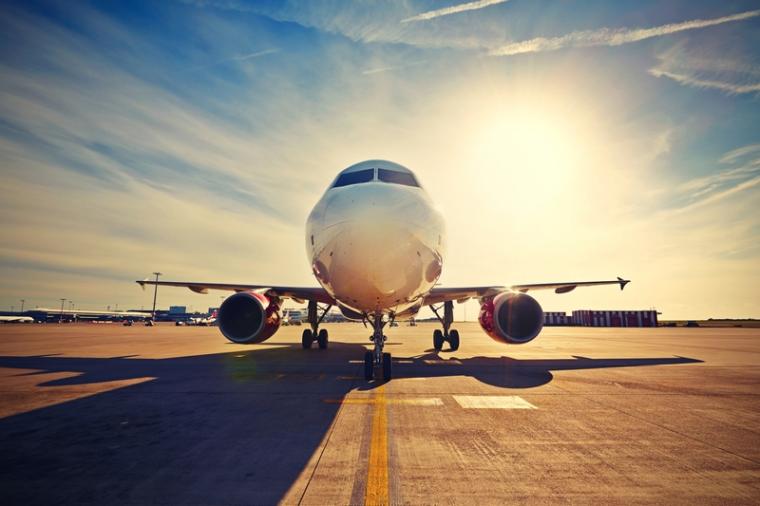
According to a new report from the Aerospace Industries Association (AIA) and Deloitte, U.S. aerospace and defense companies are poised to lead the growing global industry. The study—“Advanced Air Mobility: Can the U.S. Afford to Lose the Race?”—says the market for advanced air mobility (AAM), which is predicted to become mainstream in the 2030s, will reach $115 billion annually by 2035.
This type of growth could lead to the creation of more than 280,000 jobs, the report concludes.
“Our industry is on the cusp of the next great step in aviation technology,” said Eric Fanning, AIA CEO in a statement. “By establishing a national strategy in AAM, we have the potential to give the U.S. a major competitive advantage in the global market and realize new national security benefits, including new ways to transport our troops and cargo. U.S. leadership in this emerging aviation technology is essential to bolstering our economy and innovation within America.”
The report points out that AAM through the use of electric-powered air taxis and cargo shuttles, transportation will, in fact, be transformed, reports the publication Material Handling & Logistics.
Electric vertical takeoff and landing (eVTOL) aircraft will play a large part in this transformation and are expected to be deployed in both U.S. and globally from 2025.
This growth calls for attention from US policymakers says Robin Lineberger, Deloitte Global and U.S. A&D leader. “The deployment of AAM will require a sustained, collaborative approach between the private and public sectors to push for eVTOL aircraft to be widely accepted and adopted, sooner rather than later. With the market poised to grow sevenfold between 2025 and 2035, it’s important for U.S. policymakers and industries to cooperate now to ensure American leadership in this transformative emerging sector.”
In order to create strong public-private cooperation, the study recommends some focus areas, MHL reports:
- Creating a clear and conducive policy environment that fosters public-private partnerships, streamlines vehicle testing and certification, and seamlessly integrates AAM into the existing airspace system.
- Leading in key technologies and capabilities by focusing R&D in key areas, including developing advanced battery/energy density, artificial intelligence and 5G technologies, and developing the right engineering talent for the future here at home.
- Developing and scaling the market with U.S. government investments and support to help build physical infrastructure such as vertiports or retrofit existing aerospace infrastructure and position the industry for exports.
Part of the reason for the concern about public policy is due to the fact that there is a global competition in this field from
China, Germany and South Korea. “The race carries high stakes for the U.S. economy with a potential of $20 billion in AAM exports by 2035,” according to the study. However, the authors of the report feel that due to a “mix of balanced regulation and substantial investment in research, advanced technologies, physical infrastructure and talent, the U.S. could be uniquely poised to lead in this new aerospace market.”
(Click to Expand)

There are no comments
Please login to post comments